On Headlights, Tesla's Autopilot, VW's Electric Activities and More
Seeing better when driving at night, understanding the limits of “Autopilot,” Volkswagen’s electric activities, and more.
#economics
From exterior lighting to another sea creature-inspired vehicle to an electric cargo bike. Where else are you going to find this sort of material? (Best answer: Nowhere). And if you want your colleagues to have their own, send them this link.
This week On Automotive
- Ford’s Brighter Idea
- Clearly a Problem: Tesla’s autopilot
- Scale Matters: China’s new car market
- Always Moving. . . . The Squaldo from GTO Engineering
- Another VW EV
- VW EV #s
- One more thing about EVs. . . and racing
- 2021 Mazda CX-30 Turbo Premium Plus
///
Ford’s Brighter Idea
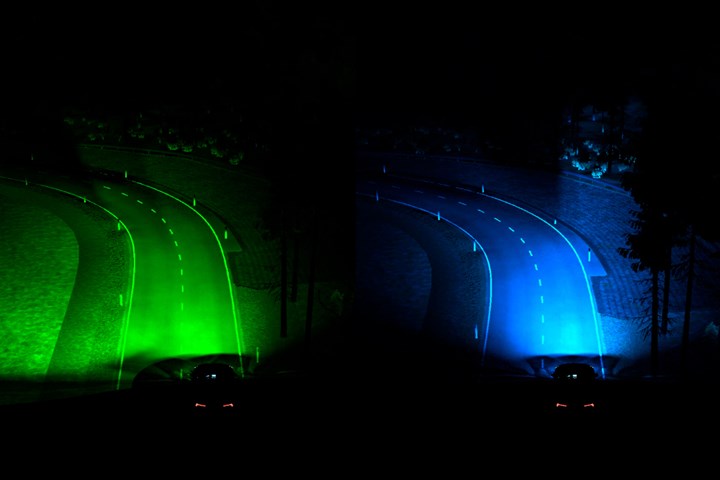
Green is good, even in headlamp demos of lighting coverage. (Image: Ford)
While there is a significant amount of time, money, resources and attention being invested in autonomous driving and advanced driver assistance systems (ADAS), let’s face it: For years to come there will be humans behind the wheels of vehicles.
So work done at the Ford Research and Advanced Engineering Europe operation is going to be beneficial to non-automated drivers:
It is testing a predictive headlight system.
Like the systems being developed for robotic driving, the lighting system makes use of GPS location data, sensors, processors and actuators.
Earlier work done by the Ford team used road signs and lane markings as cues to adjust headlight beams. They are taking this further.
Advanced approach. Through the use of real-time location data, vehicle speed and other factors, an algorithm determines the optimal lighting coverage as a vehicle enters a bend or approaches a junction.
Should there not be location data, camera- and steering-based tech will be used to dynamically adjust the headlamps.
How’s this look? In the photo above, the green side shows how the real-time data expands the scope of the headlamps coverage compared with the non-calculated lighting (blue).
Explained: “The predictive lighting technology we are developing now means that one day driving in the dark could be as simple as just following your headlights. This new map- and location‑based system is the next step on our quest to make driving at night no more difficult or stressful as during the day.”—Michael Koherr, Ford European lighting research engineer
///
Clearly a Problem

That round thing near the center of the picture is a steering wheel. It is meant to be used. By people. (Image: Tesla)
“Let me be clear: Anyone who uses Autopilot on the road without someone in the driver seat is putting themselves and others in imminent danger.”
That is Jake Fisher, senior director of auto testing for Consumer Reports.
That is also one of the larger understatements you are likely to read this year.
Briefly:
CR wanted to know whether a Tesla would allow Autopilot to be engaged sans anyone in the driver seat. So Fisher took a Model Y to the CR track. He buckled the driver seat belt—required for the engagement of Autopilot—drove the car, then adjusted the Autopilot setting to 0 mph. The vehicle came to a stop. He slid over to the passenger seat. But a weight dangling from a chain on the steering wheel to simulate a hand on the wheel, then adjusted the Autopilot dial to put the car in motion. The car drove without anyone behind the wheel. Fisher noted, “Autopilot makes mistakes, and when it encounters a situation that it cannot negotiate, it can immediately shut itself off. IF the driver isn’t ready to react quickly, it can end in a crash.”
Hmm. . . .One wonders about a Tesla owner who tricks Autopilot and sits somewhere other than behind the wheel: How did they get a driver’s license in the first place? And would their behavior be any less childish in any other type of vehicle?
///
Scale Matters
“Though China has the largest new-car market in the world (about 50% bigger than the U.S.), it is too late for it to catch up with the established makers of gasoline-powered cars. With EVs, however, it has leapfrogged to the forefront, with almost half the world’s electric cars and the vast testing ground of its domestic market. China will be able to build on this experience and its low-cost scale manufacturing to become a formidable competitor in the EV market across the globe.”—Daniel Yergin, vice chairman, IHS Markit, in the Wall Street Journal, April 23, 2021
///
Always Moving. . . .
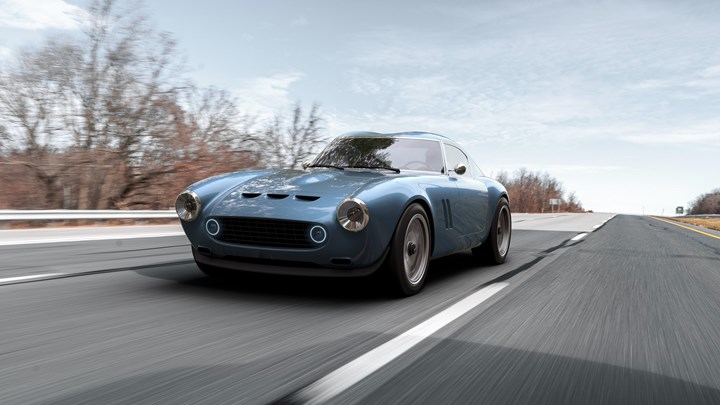
The Squaldo from GT Engineering. (Image: GT Engineering)
Another sea creature.
It is named “Squaldo.”
Last week we saw the “Jing,” the SAIC Roewe crossover, with the name signifying “whale.”
“Squaldo” is the word for “shark” in Italian, and it is a sportscar that is being developed by GTO Engineering in the U.K.
Two notable things:
- The car, which is to have first customer deliveries in 2023, is being developed to weigh less than 2,200 pounds.
- It will have a bespoke, quad-cam V12 engine that, like the vehicle itself, will be built from the ground up by GTO Engineering.
Quote: There’s been an outpouring of admiration for what we’re doing here and we realize a little bit of skepticism whether we’re actually making this: a V12-powered, sub-tonne sports car with a Sixties feel but modern reliability, enjoyment and manufacturing quality. We’re here to hopefully set the record straight to say yes, it’s happening and we’re sticking to our original ethos for the car as well as timing promises for production.”-- GTO Engineering Managing Director and Founder Mark Lyon
///
Another VW EV

Carsten Intra, chairman of VWCV, on a VW electric cargo bike. (Image: VWCV)
While there is global attention being given to the array of electric vehicles that Volkswagen is producing, there is one that comes from its Commercial Vehicles (VWCV) operation that hasn’t had the same level of visibility:
The Cargo e-Bike.
This is serious.
Carsten Intra, Chairman of the VWCV Board of Management says: “At Volkswagen Commercial Vehicles we have a clear goal: With our products and services we want to provide an environmentally friendlier and a more resource-efficient mobility. This is our path to a "zero-emission" future, by the way not only for our vehicles, but also in terms of production. This path can only be successful if everyone participates. Each and everyone of us is required to reconsider our own mobility behavior. Climate-neutral micromobility and multimodal solutions are important levers. This is exemplified by our Cargo e-Bike.”
Specs
One could argue that this is actually a hybrid.
That is, it is a “pedelec,” or a “pedal electric cycle.”
A rider pedals the vehicle and gets a boost from the 250-Watt (48-volt) motor.
This allows speeds up to 25 km/h (15.5 mph).
As this is a commercial vehicle, it is meant to carry a payload. The vehicle handles a maximum payload of 210 kg (463 lb), including the rider.
The cargo box has a storage volume of 0.5 m3 (17.6 ft3).
Trick trike
The load platform upon which the cargo box is placed is positioned low between the two front tires.
It may be that what is being transported can’t tip during the ride. So the VWCV engineers developed a kinematic setup for the front axle: when the Cargo e-Bike goes into a turn, the platform and cargo box remain horizontal.
Production of the vehicle is being performed at a VWCV facility in Hannover.
It will become available later this year.
///
VW EV #s
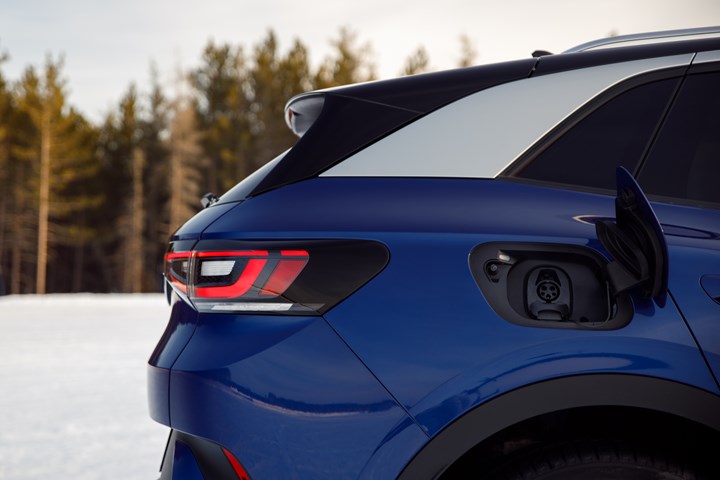
How many consumers are interested in plugging in? (Image: VWoA)
Volkswagen of America (VoA) is certainly interested in moving its all-electric ID.4 crossover.
But is there a market?
VoA surveyed 1,000 SUV owners and 500 SUV shoppers (considering a purchase in the next six months).
And found:
- 45% of SUV owners and 58% of shoppers say they’re likely to buy an EV as their next purchase
- 66% of those who drive 201+ miles per week are interested in an EV while 52% of those who drive 100 miles or less are interested
- Cost is a barrier to purchase, say 58% of SUV owners and 57% of shoppers
Which probably leads to this:
- 77% of SUV owners and 81% of SUV shoppers think governments and other organizations should offer incentives to switch to EVs
///
One more thing about EVs. . .
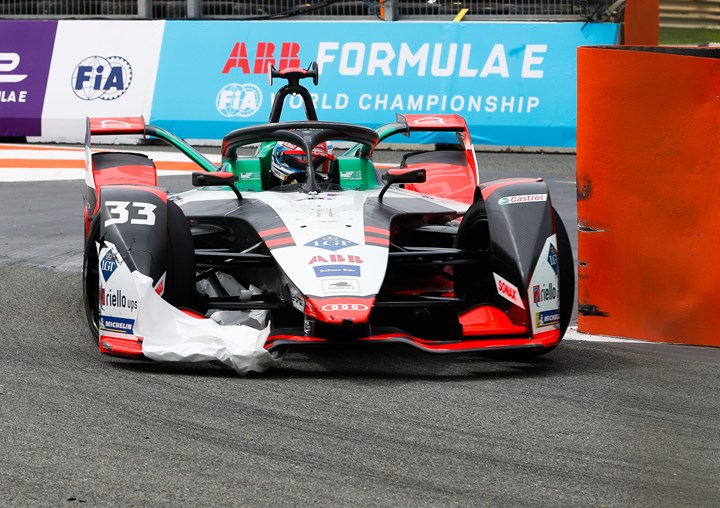
The Audi Sport ABT Schaeffler Formula E car. (Image: Audi)
. . .and a Volkswagen Group company.
In this case Audi.
Which races in the FIA Formula E series with the Audi Sport ABT Schaeffler team.
The car is made with carbon fiber with an aluminum honeycomb core.
It is powered by a motor generator unit (MGU) developed in-house. Says Tristan Summerscale, Formula E Project Leader at Audi Sport, “If you compare our MGU with an internal combustion engine delivering a comparable power output of 250 kW, our efficiency is not only twice as high, but our weight of less than 35 kilograms is also much lighter.”
The minimum weight of the vehicle—including a driver and seat shell—is 903 kg (1,991lb.).
All cars in the series use the same lithium-ion battery system (a.k.a., “Rechargeable Energy Storage System”) from McLaren Applied Technologies.
Fast. The car can accelerate from 0 to 100 km/h (62 mph) in about 2.8 seconds. It has a top speed of 240 km/h (149 mph).
A technological tour de force.
Look at the photo above. See that white object on the right side of René Rast’s car? That is from the April 25 Formula E race in Valencia, Spain.
Said Rast: “The podium would definitely have been possible today. But then André Lotterer kicked up an advertising banner directly in front of me, which got stuck on my car. From that moment on, I had no more pace. That was extremely unlucky.”
He finished sixth.
Yes, all that tech defeated by a banner.
///
2021 Mazda CX-30 Turbo Premium Plus
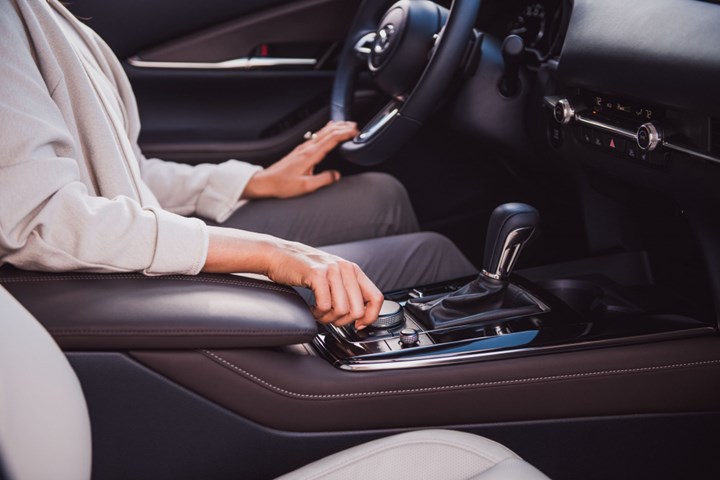
You’d be hard-pressed to find a nicer interior at the price point of a Mazda CX-30. (Image: Mazda)
Ostensibly the notable thing about this subcompact crossover is the powertrain. A 2.5-liter four-cylinder turbo that produces 250 hp and 320 lb-ft of torque (if you’re running premium; otherwise subtract 23 hp and 10 lb-ft).
And that engine does have some notable features:
- A cylinder head with an integrated 4-3-1 exhaust collector for charge scavenging
- A 10.5:1 compression ratio
- A cooled EGR and a dynamic pressure turbo system
The engine is mated to a six-speed automatic (not as notable).
There is what’s called “i-Activ” all-wheel drive. It has a function named “Off-Road Traction Assist.” When engaged, the vehicle’s center coupling is locked and the CX-30 starts with maximum rear torque. Speed builds. The coupling loosens. If there is a speed difference between the front and rear wheels, the coupling tightens again to adjust. If a wheel is measured to be unloaded, the brake is applied to it so the torque shifts.
Very clever. But even with the reasonable 8 inches of ground clearance, the “off-roading” is likely to be not much more than “driving on a gravel road.”
There are other vehicles more well suited for those inclined to travel hill and dale.
However. . .
But on the subject of other vehicles know that there are few that are in the affordable zone—and approximately none that have a total MSRP of $35,400 (base is $33,900 and there were three options that added $400)—that have such a superb interior.
Yes, a vehicle in the “Premium Plus” category has leather. Seats, steering wheel. Metallic touches.
There’s an 8.8-inch center display. Bose audio.
But the thing that is most impressive is the execution of the overall interior design. The flow and orchestration of the shapes and materials are outstanding.
Again: Look at vehicles with that price point and check out the interiors. The quality of the plastics. The attention to detail.
Yes, there is plenty of tech (radar cruise control with stop and go, smart brake support, blind spot monitoring with rear cross-traffic alert, lane departure warning with lane-keep assist, high beam control). All good.
A handsome exterior. Also good.
But you spend your time inside a vehicle. Observe carefully.
RELATED CONTENT
-
On The Toyota Corolla Cross, Hyundai Santa Cruz, and VW Subscriptions
How to charge an autonomous vehicle. Toyota adds a new crossover. VW gets into the subscription business. Hyundai goes Santa Cruz. And more.
-
Lightening the Lotus Evora 400
The Lotus Evora 400 weighs 3,153 pounds in the U.S. and Canada.
-
On Developments at Lincoln, Magna, Fiskar, Volvo and More
Lincoln’s plans for electric; Magna and Fisker working together; Polestar in South Carolina; the Volvo XC60 driven; VW gets deep into 3D; Porsche exec on electric; BMW and hydrogen; Staubli cell for tire sensors; and Bridgestone invests in autonomous trucking company.


.jpg;width=70;height=70;mode=crop)






